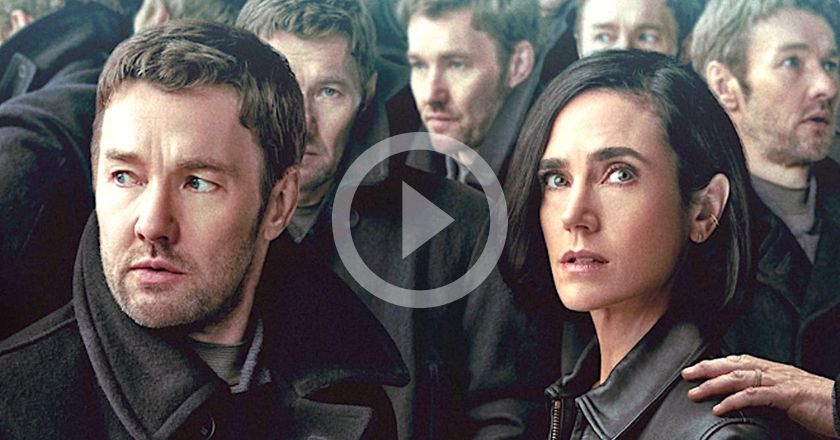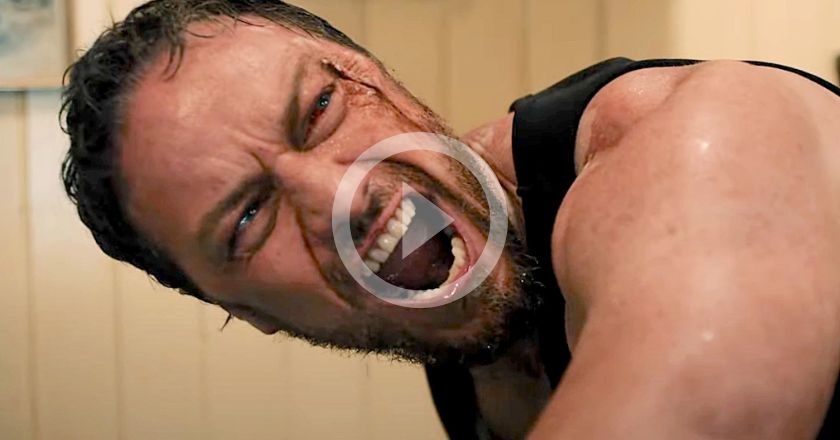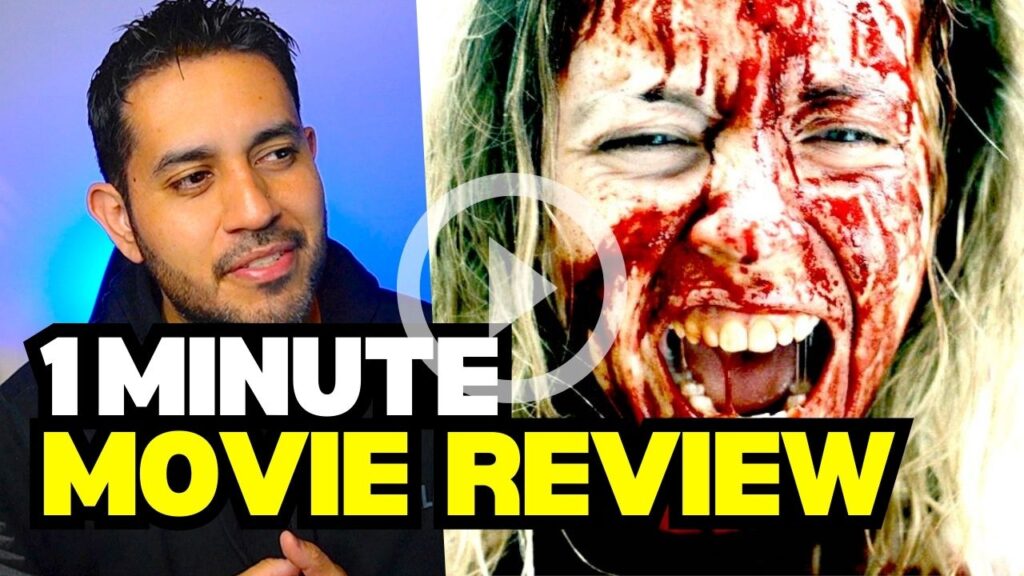
In December 2015, the federal government announced that it would cut $52.5 million to the Arts and Communications sector. Meanwhile, the Book Council of Australia was scrapped; Screen Australia suffered its third series of cutbacks in eighteen months; and in 2016, talk abounds of plans to ditch the Gonski school funding reforms that were implemented under Gillard in 2014 ““conversely by channelling money from universities. What one gets both from the ruling powers and at large is the strong sense that intellectual and/or artistic pursuits are largely superfluous unless they constitute an income. Even so, when the debate does arise, what we typically picture in mind are the metropolitan and suburban centres of our country. Wide Open Sky, a new documentary about an outback children’s choir, averts our eyes further inland, to reveal the real cultural wasteland of rural NSW and its implicit problems.
To clarify, the film never sets out to be a damning expose, and in fact, it isn’t. Yet, inadvertently, it reveals a generation of kids with nothing much to do or aim for; and for those kids with artistic inclinations, no outlets in which to pursue or fathom their talents. On both a personal and an infrastructural level, there is simply no investment made in the expansion of the tiny towns where these kids live.
The film documents choirmaster Michelle Leonard’s mission to bring music (and music education) to primary-aged outback children. Every year she travels thousands of kilometres around rural NSW auditioning children for a choir. After the selection process, the kids are taken to a camp where they have three days to learn a repertoire before performing at a public concert in Coonamble.

Although the film digresses periodically to focus on specific children, Leonard is the primary and -in many ways- remarkable subject. She does this entirely of her own volition, without funding, simply because she believes in the cause of imparting music to kids deprived of any musical education.
While this makes for a fascinating portrait, the one drawback of the film may be its one-sidedness. Little is indicated as to the effort and frustration -for Michelle, or the kids- that the whole endeavour must clearly entail, and so as a narrative, it never harnesses any particular episodic tension. The children are all angels and Michelle is a saint. They are of course very human, it is just that we never see them sweat much, because the film is so well meaning in its positivity.
Clearly though, the concept is intended to be inspirational, and in that regard it succeeds, even as it all appears to go more smoothly than you can believe. Both Michelle and the kids are wonderfully sweet, and you wouldn’t wish for anything other than that they succeed. The desert photography is often stunning, and is complimented particularly well by a soundtrack of rustic Dirty Three compositions. The only thing left to wonder: where to from here? While the choir is an admirable ambition, it is also a very singular moment, after which the same kids must return to the lives from whence they came, and the film never dwells on this question or the unresolved problems of an ongoing situation. One can only hope that same singular moment was a particularly impactful one for those involved.
THE REEL SCORE: 6/10
– M.L.







